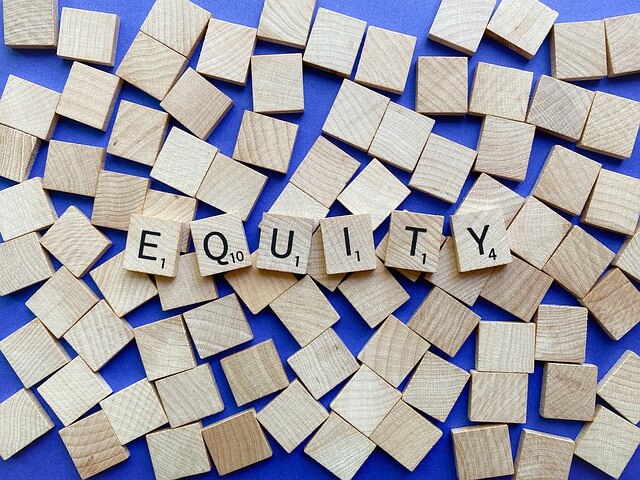
Over the last year, many people have asked if now is the time to push age equity in the workplace. After all, the current climate is rightfully focused on #BLM and #MeToo. I address this question in the video from Day 83 of the 100 in 100 campaign – 100 messages supporting age equity in 100 days.
My response to the concern is:
Absolutely, now IS the time. In fact, the timing couldn’t be better!
Here’s why.
Regardless of the dimension of diversity represented, the ask is the same – root out inequities. Level the playing field. It’s about creating workplace inclusion.
Period.
Wanted: Equitable Workplace Inclusion
Last year the Washington Post reported that jobs for Diversity, Equity, and Inclusion (DEI) practitioners rose 50 percent after #BLM protests, an indication that companies were scrambling to respond to racial unrest following the George Floyd murder.
While new DEI incumbents address racial inequities in various ways, part of that effort includes scrubbing internal processes and policies to identify barriers. The process of analyzing for racial inequities should be used to identify and eliminate obstacles impacting any dimension of diversity, including age.
Although racial unrest has increased visibility and value for DEI practitioners, it has not increased for all equity issues. Focusing on issues besides race does not diminish its importance. Instead, it emphasizes the injustice in inequities and the need for inclusion.
In other words, equity advocates are not in competition with each other. They support and build upon each other’s mission.

To maintain credibility DEI practitioners must use an inclusive approach. This is especially true with training and education. The Business News Daily writes, “A comprehensive training program provides concrete ways to engage in respectful and positive interactions in the workplace while reducing discrimination and prejudice based on factors such as gender, ethnicity, race, sexual orientation, age, religion, physical and mental ability, and socioeconomic status.”
Training recruiters and hiring managers to check their implicit biases is also critical. A recent article by attorney Emily Cuneo DeSmedt suggests that before hiring managers dismiss candidates they feel aren’t qualified, they should hit pause. Then, DeSmedt suggests they question whether they would come to the same conclusion if the candidates were of a different race, or gender, or age.
Recognizing one’s bias is the first step in preventing it.
Ageism Hurts Some More Than Others
Age bias, stereotypes, prejudice, and discrimination can hurt anyone, regardless of how they identify. However, when combined with other dimensions of diversity, age can become a double, triple, or quadruple threat of bias.
Data shows that women of color over 50 are the most underemployed, unemployed, and suffer the highest rates of poverty. Addressing all of these issues together (race, gender, age), we have a better chance of creating workplace inclusion.
Any ‘ism’ creates emotional and mental pain. Ageism is no different. However, ageism is different in that it has the potential to impact everyone.
One group, in particular, may experience bias and discrimination for the first time through ageism. Unlike people who have lived their lives with inequities, some white men experience discrimination for the first time in their prime.
Creating an equitable culture takes intention. It takes allies and advocates not only across the age spectrum but across all dimensions of diversity.
The singular focus?
All people are created equal and should be treated thus, acknowledging and respecting their unique dimensions of difference and the depth and richness it can add to our life experience (if only we let it).
In the workplace leaders must take responsibility, not just for racial and gender equity, but for all equity issues.

Leave a Reply